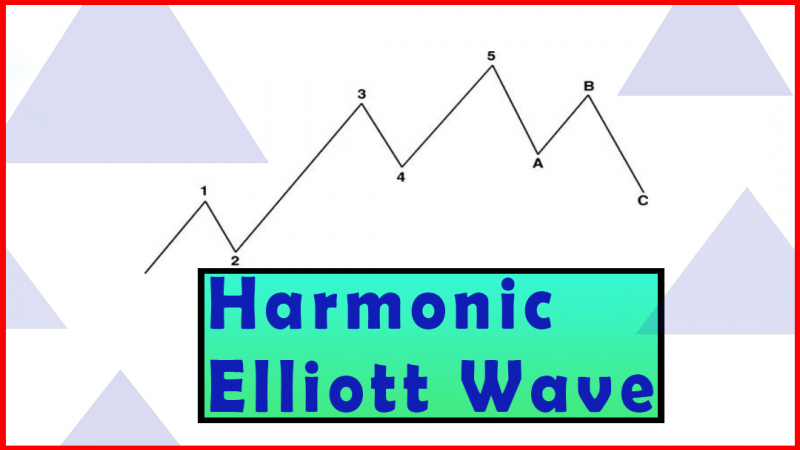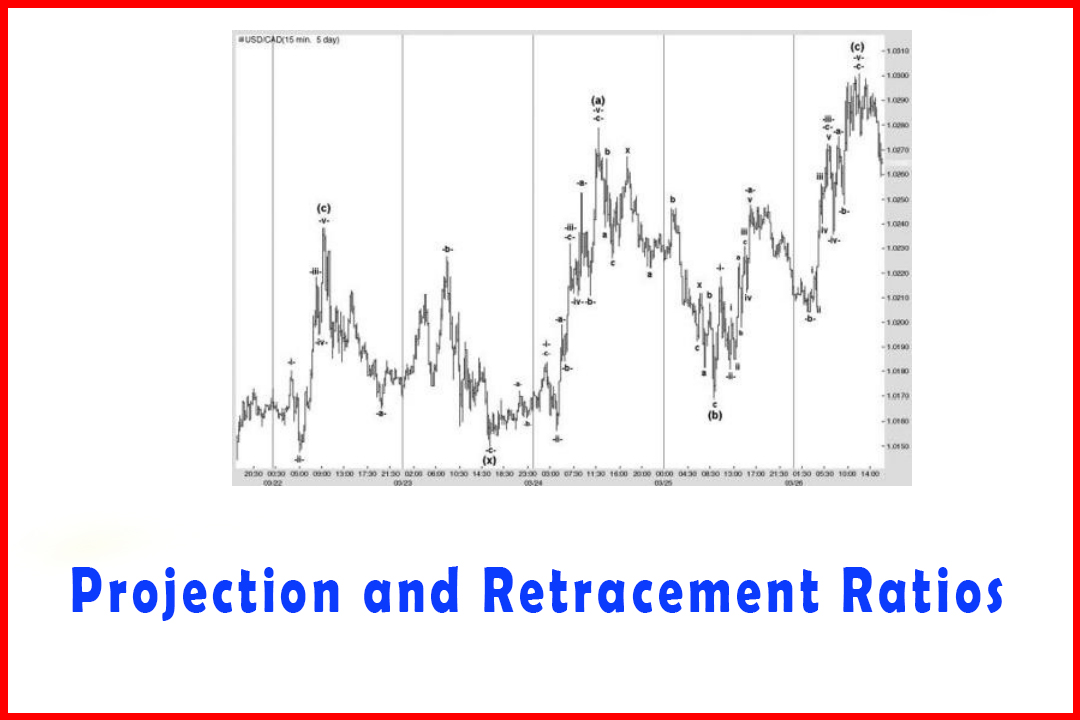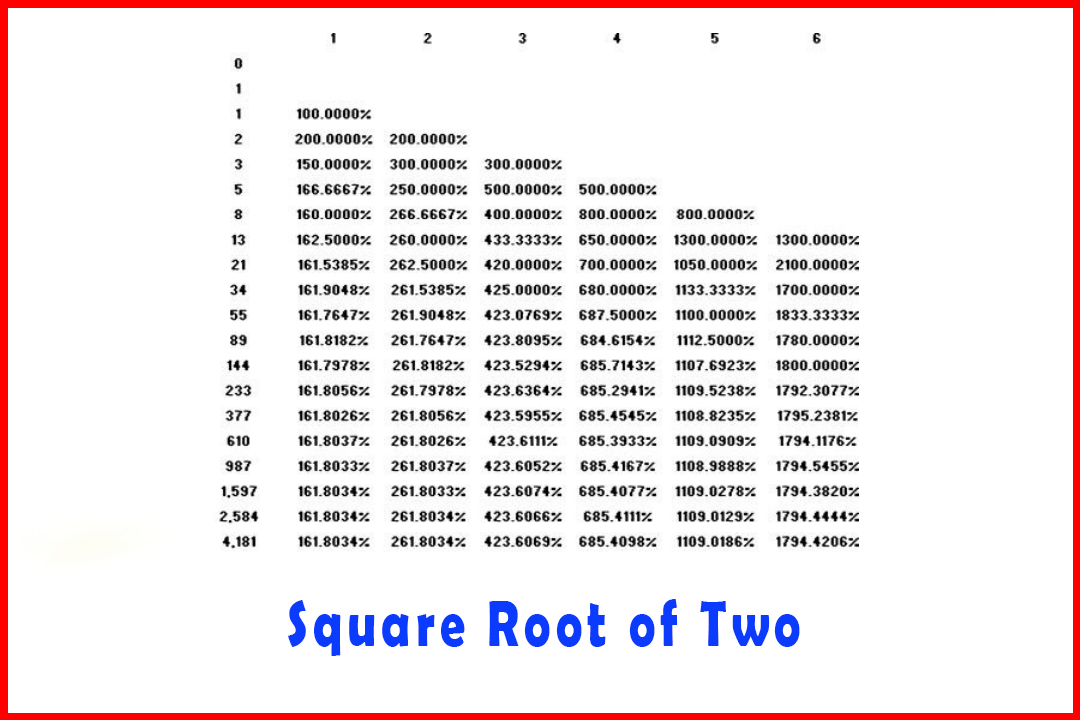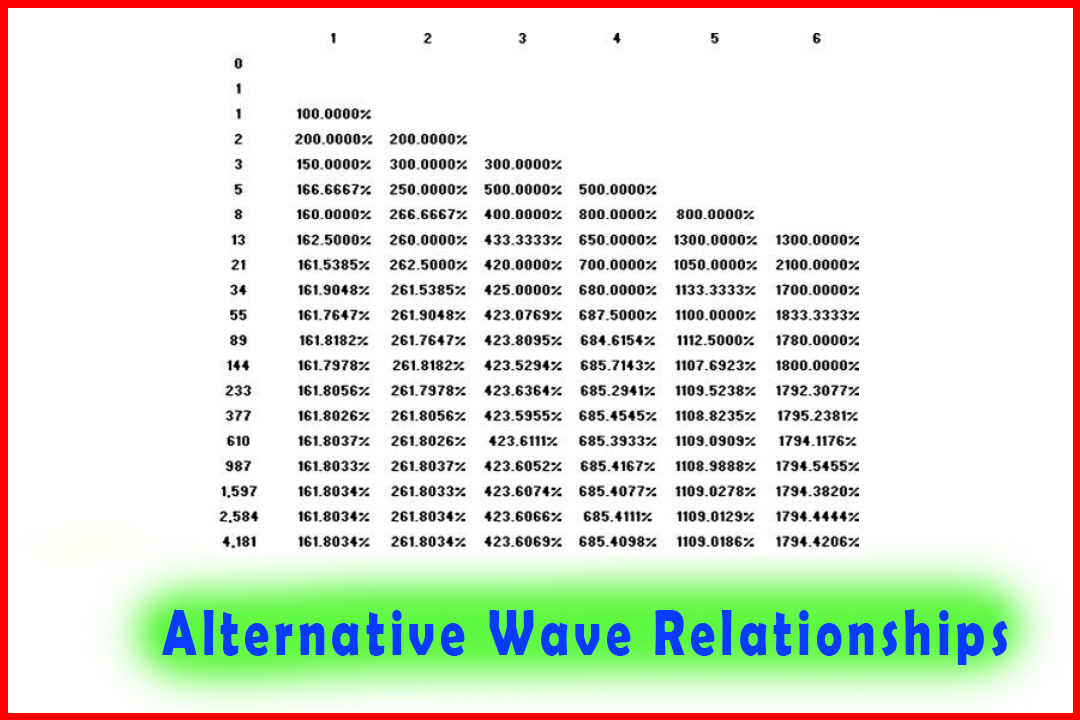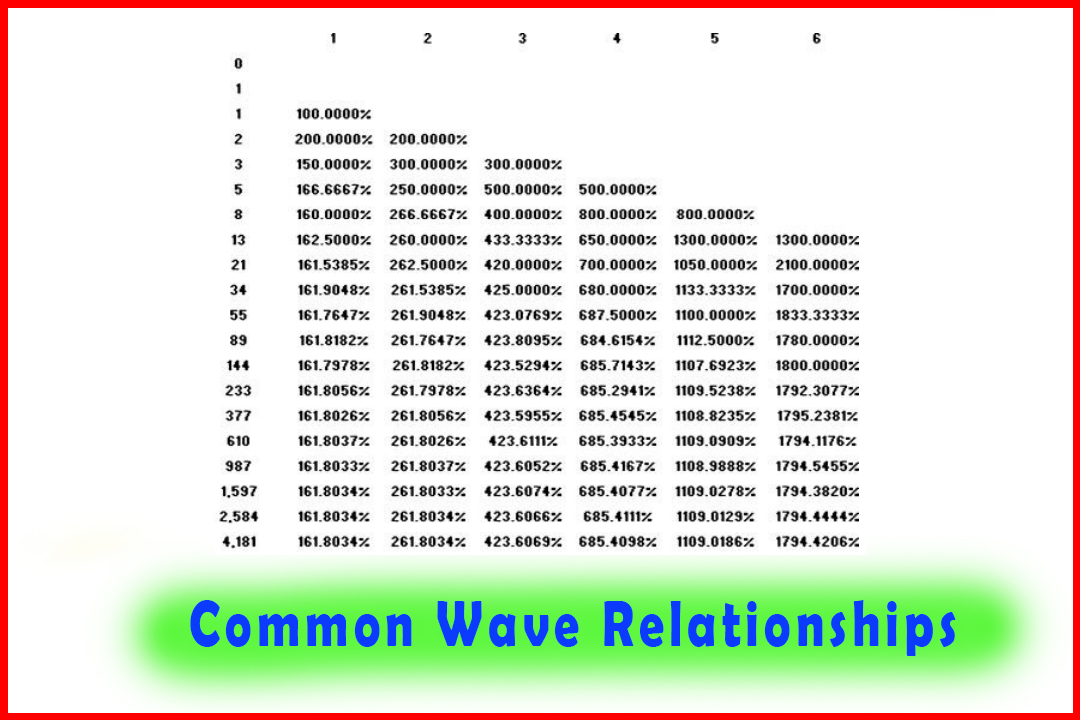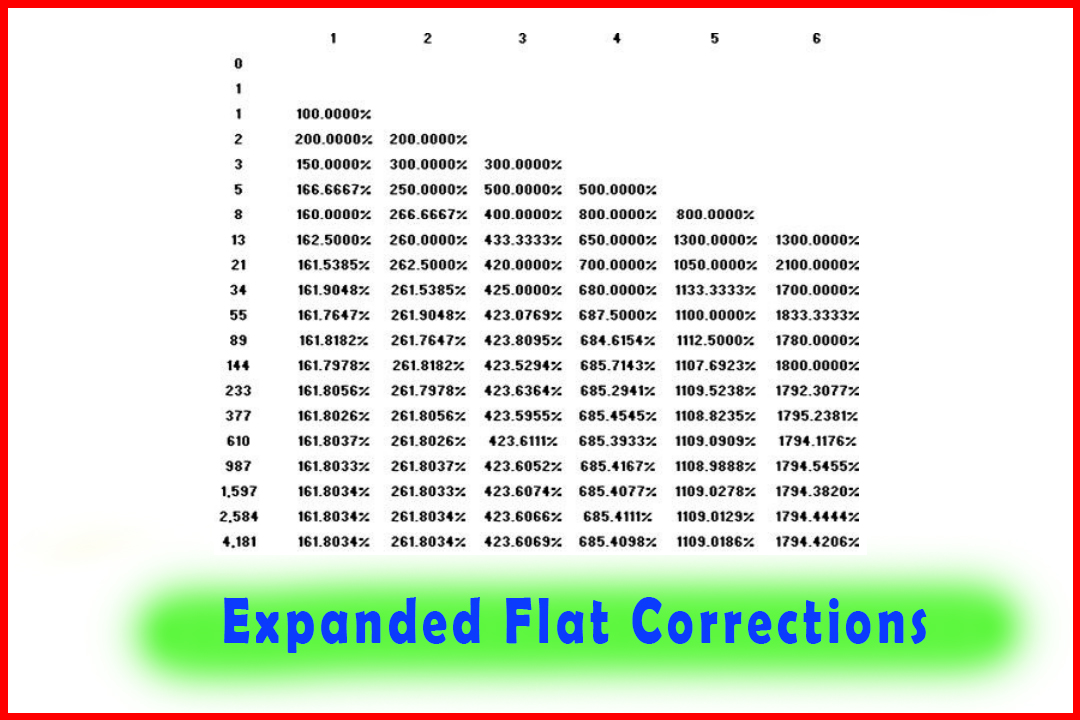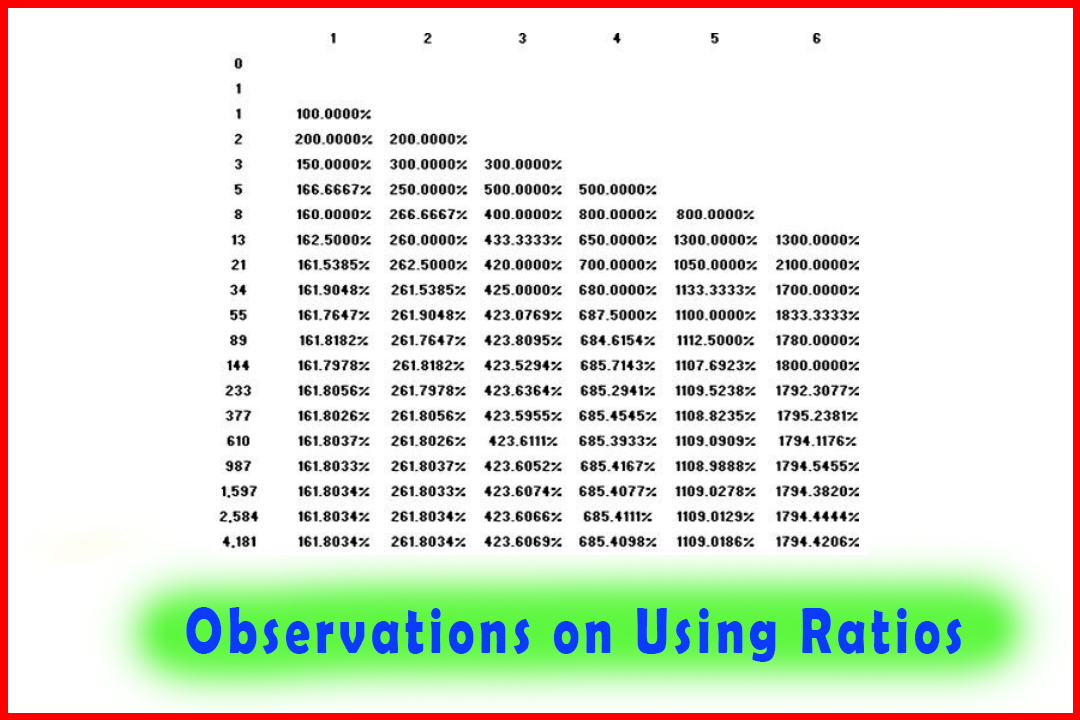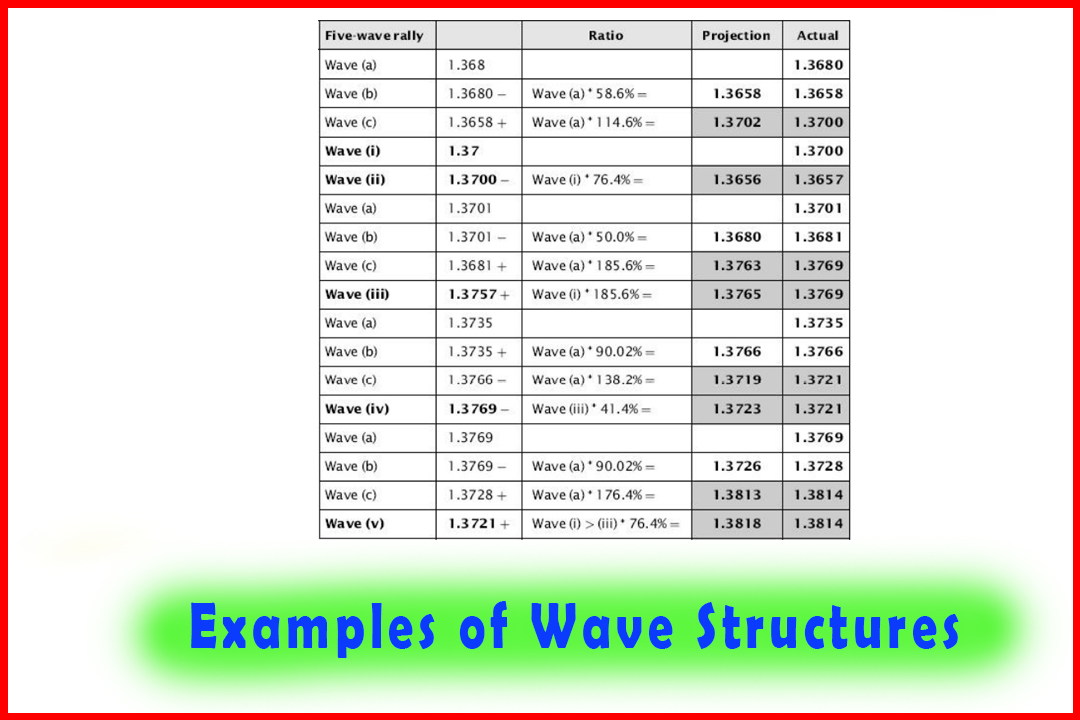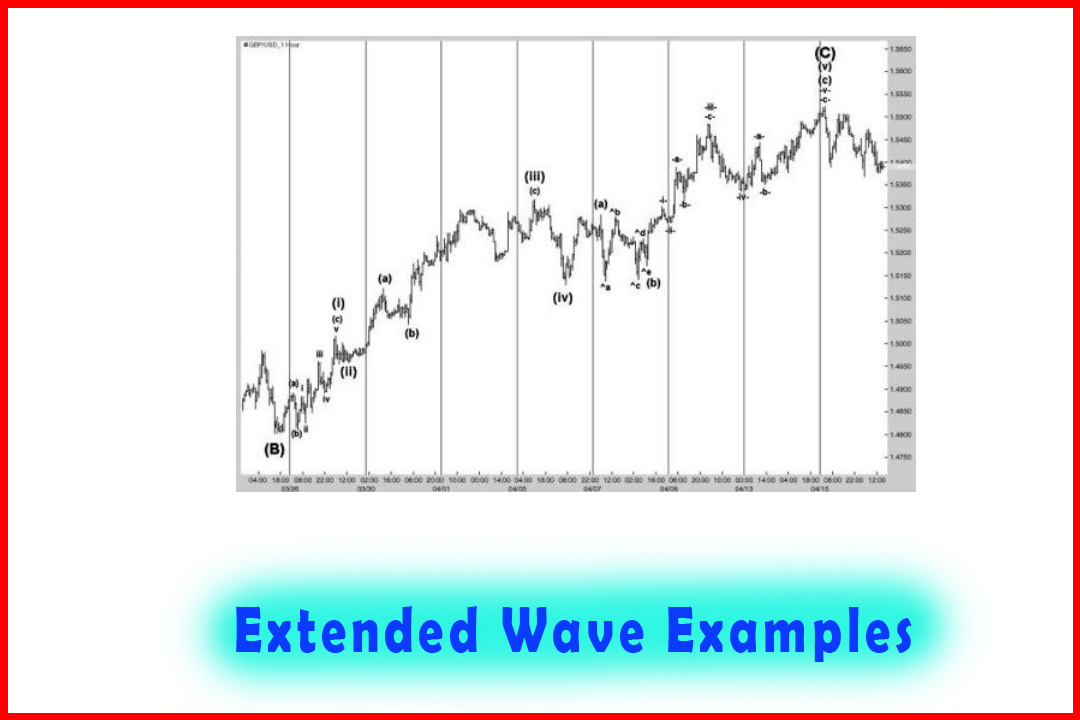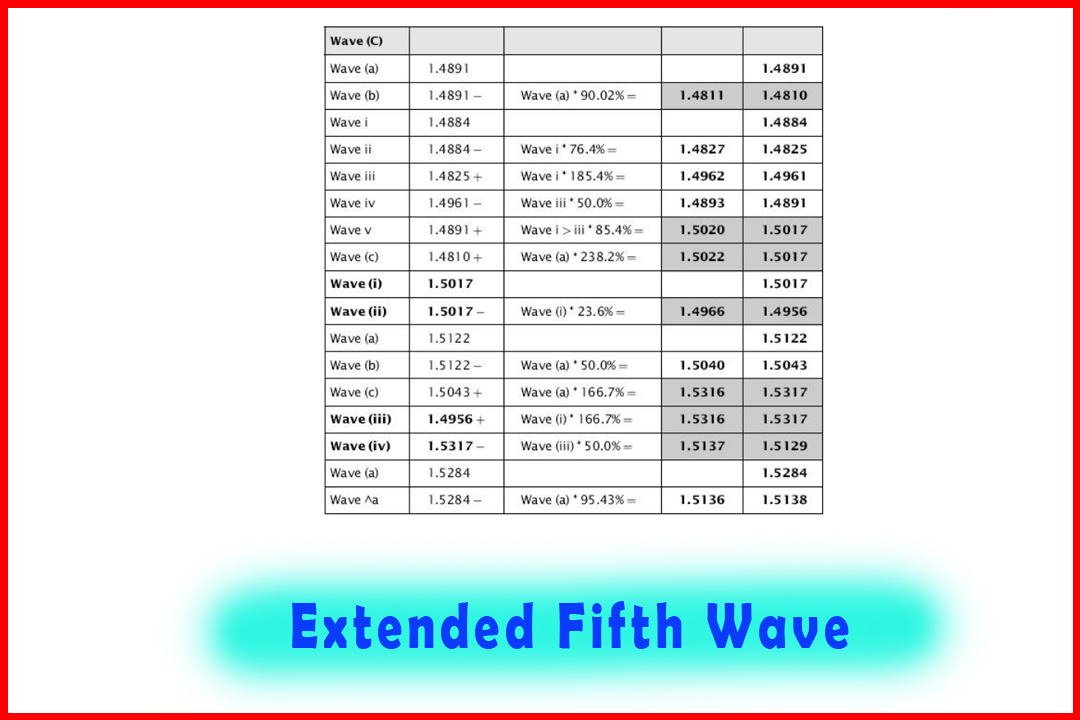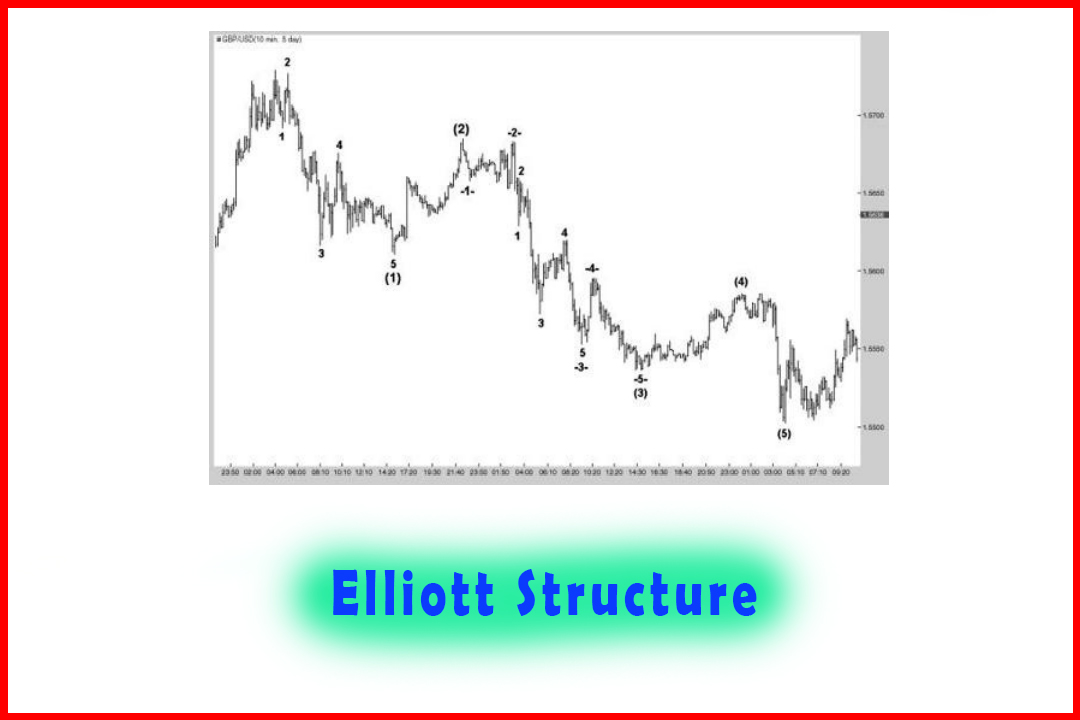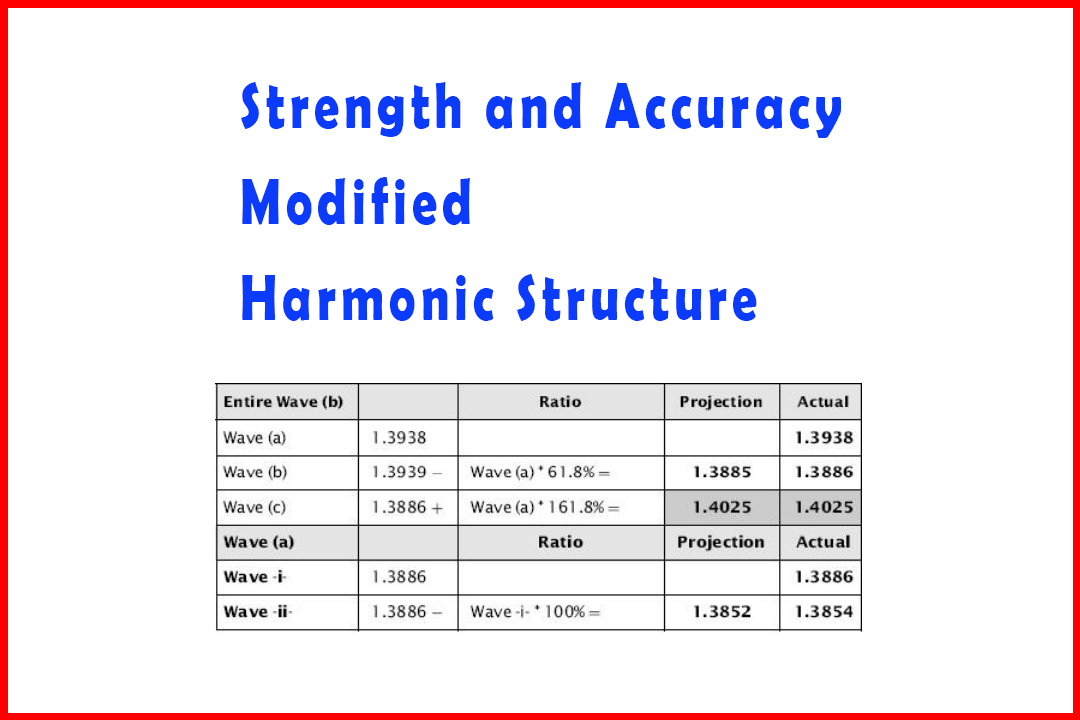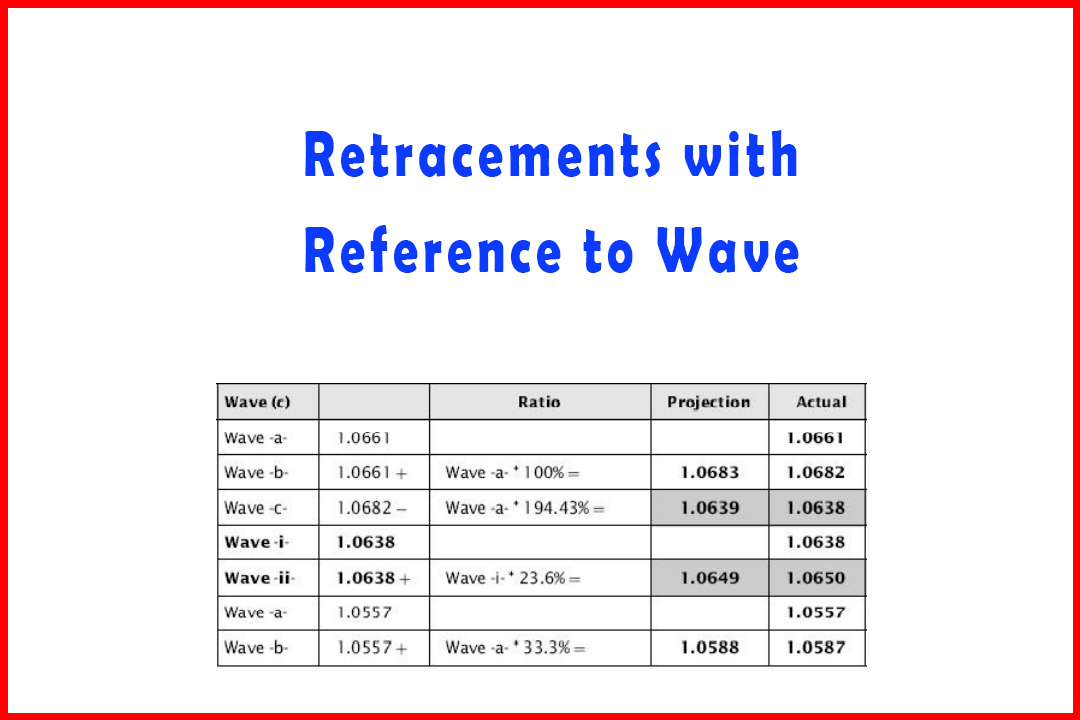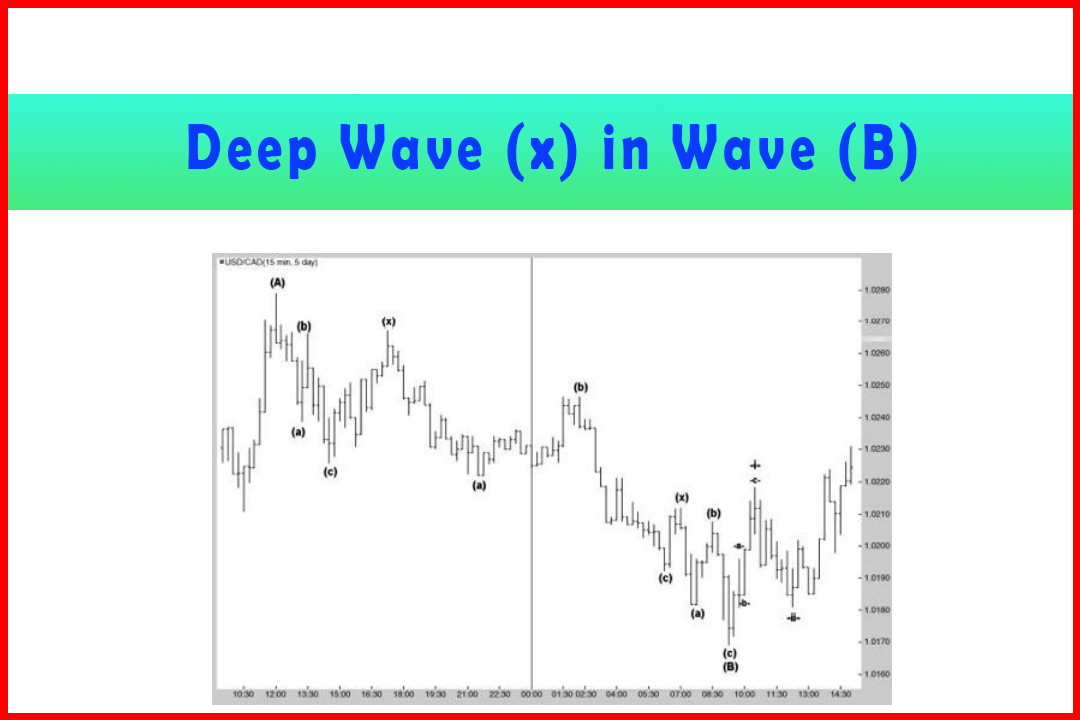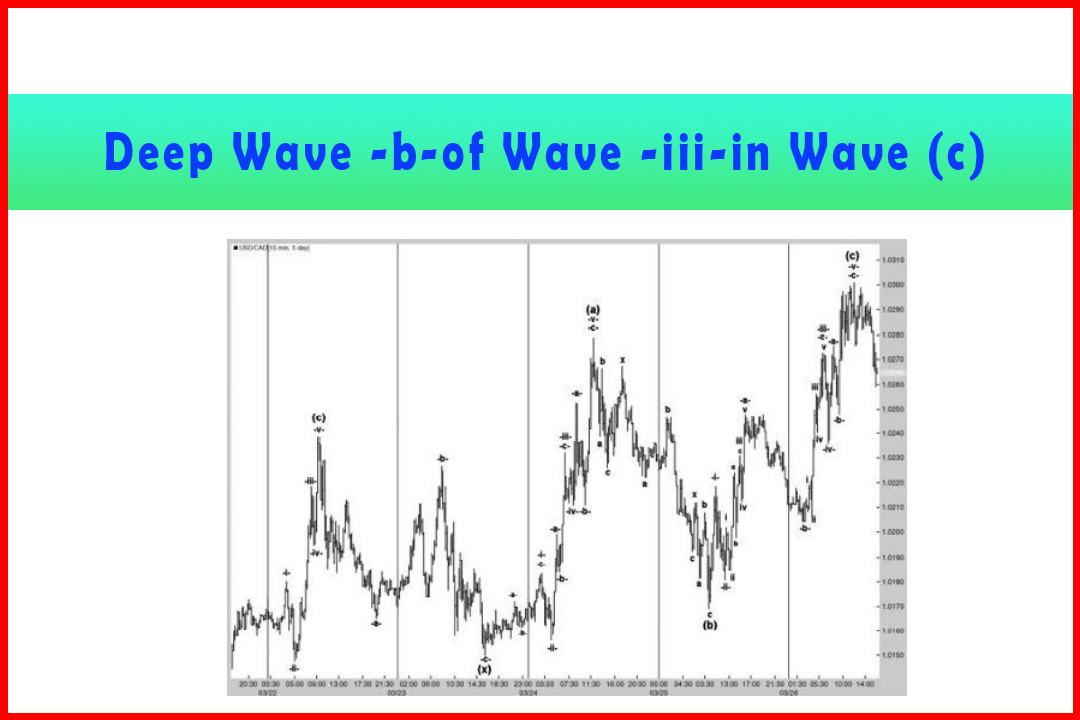Fibonacci Trading Concept
Fibo Retracement, What is Fibonacci, Fibonacci Trading Concept, Fibo basics
Course: [ Harmonic Elliott Wave : Chapter 4: Projection and Retracement Ratios ]
Elliott Wave | Forex | Fibonacci |
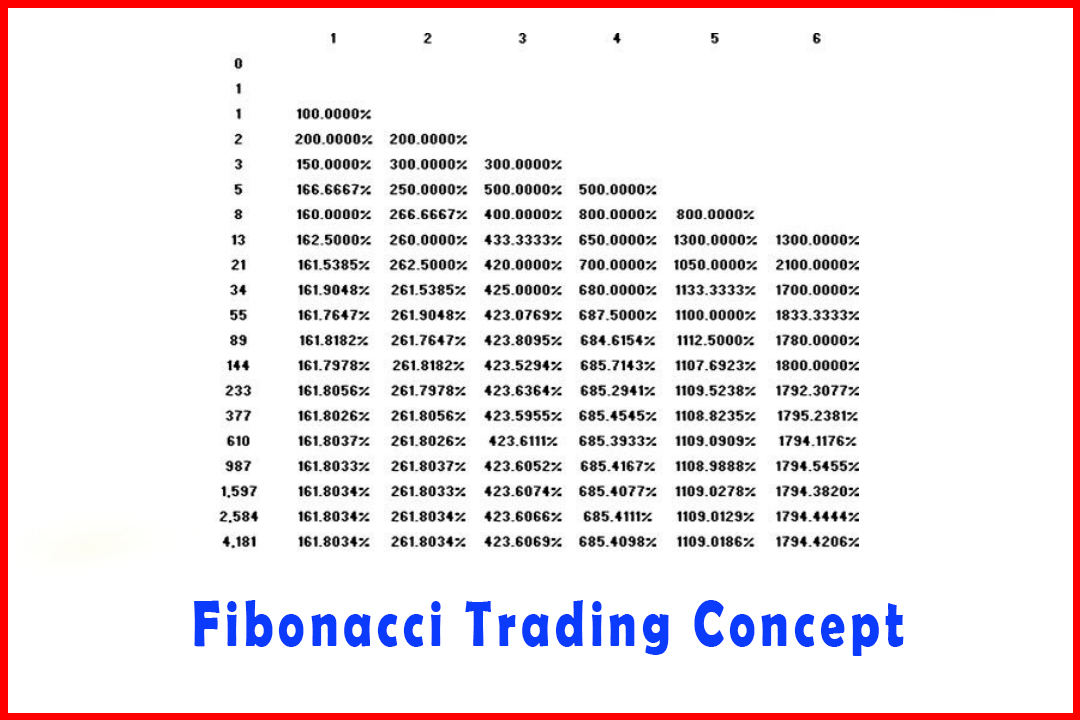
Leonardo Pisano Bogollo (c. 1170-c. 1250), also known as Leonardo Fibonacci, was an Italian mathematician and is considered by many to have been one of the most talented western mathematicians of the Middle Ages.
Fibonacci
Leonardo
Pisano Bogollo (c. 1170-c. 1250), also known as Leonardo Fibonacci, was an
Italian mathematician and is considered by many to have been one of the most
talented western mathematicians of the Middle Ages. As a boy he studied the
Hindu-Arabic numeral system, which was easier to use than Roman numerals.
In 1202, he published his findings in his book Liber Abaci, and introduced the number sequence that was known to Indian mathematicians as early as the 6th century. Later it became known as the Fibonacci sequence. In the Fibonacci sequence of numbers, each number is the sum of the previous two numbers, starting with 0 and 1. Thus the sequence begins:
0, 1, 1, 2, 3, 5, 8, 13, 21, 34, 55, 89, 144, 233, 377, 610, etc.
At
first glance it seems an innocuous sequence, but as we will see, it holds quite
extraordinary properties. By dividing one number in the sequence by the next,
the results shown in Figure 4.1 occur.
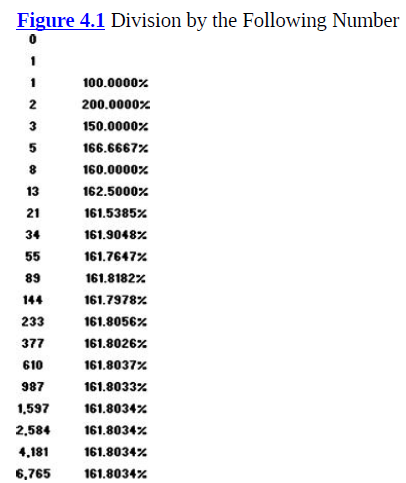
Note that the first few numbers begin with
common fractions:
1 1/2 2/3 3/5
However, after 10 numbers we can see that the result remains at 61.80%.
By dividing one number in the sequence by the preceding number we have a similar development which sees the result remaining at 161.8% (as shown in Figure 4.2).
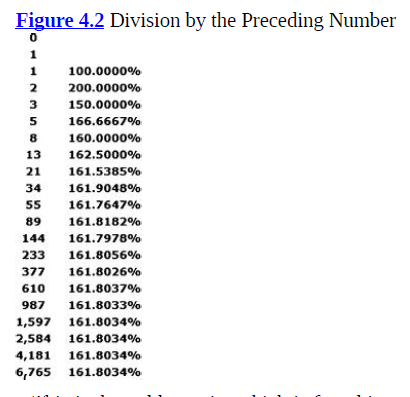
This
is the golden ratio, which is found in nature and in classical architecture,
including the Egyptian pyramids and some Greek structures such as the Acropolis
and Parthenon.
This
can be developed further by dividing numbers two apart, three apart, and so on
in the sequence (as shown in Figure 4.3).
Figure 4.3 Fibonacci Ratios above 100%
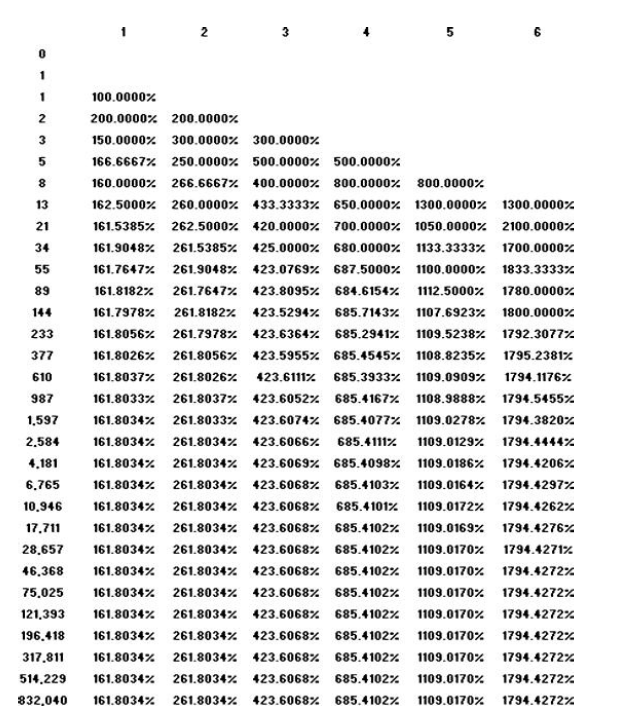
Thus
a series of ratios can be generated both below and above 100% (also as shown in
Figure 4.3).
For
ratios above 100%, the results are as shown in Figure 4.3.
These
generate ratios of 161.8%, 261.8%, 423.6%, 685.4%, 1,109%, and 1,794.4%.
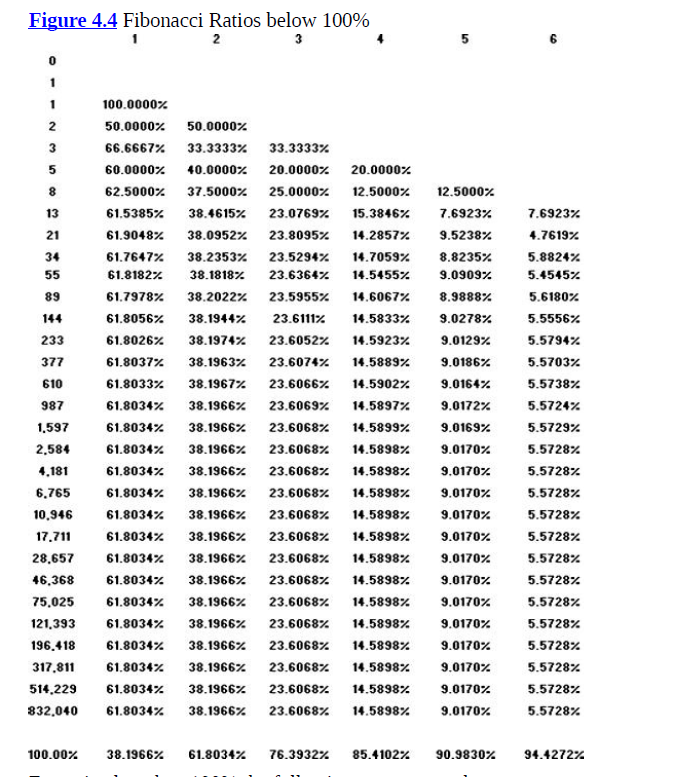
For
ratios less than 100% the following are generated:
5.6%, 9%, 14.6%, 23.6%, 33.3%,
38.2%, 50%, 61.8%, 66.6%, 76.4%, 85.4%, 91%, and 94.4%
A
further interesting feature of Fibonacci ratios is that when dividing or multiplying
one ratio by another, the result will be another Fibonacci ratio (as shown in
Figure 4.5).
Figure 4.5 Multiplying and Dividing Ratios
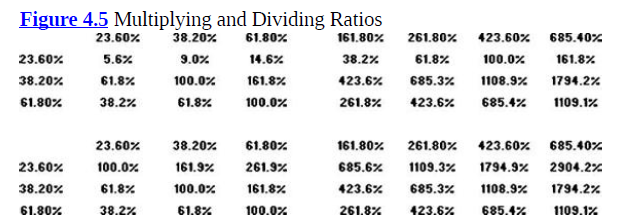
The
higher grid provides the results when ratios are multiplied by each other while
the lower grid provides the results from dividing one ratio by another.
Before
moving on to how these can be applied to the Wave Principle, I would like to
just cover the ratios provided by harmonic ratios.
Harmonic Elliott Wave : Chapter 4: Projection and Retracement Ratios : Tag: Elliott Wave, Forex, Fibonacci : Fibo Retracement, What is Fibonacci, Fibonacci Trading Concept, Fibo basics - Fibonacci Trading Concept
Elliott Wave | Forex | Fibonacci |
